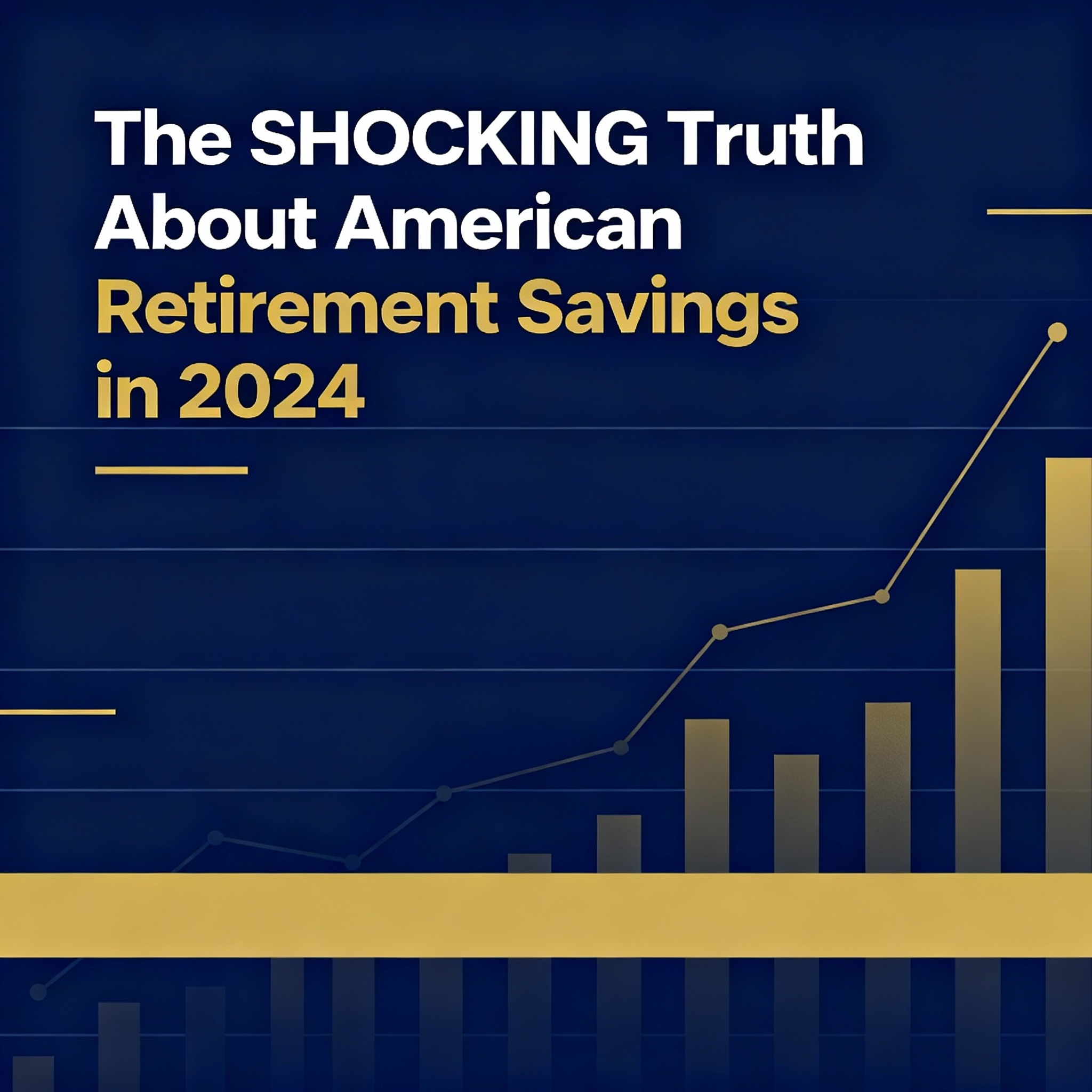The Million-Dollar Myth: What Most Americans Actually Have Saved
What if I told you that only 3.2% of American retirees have saved $1 million or more for retirement? That means 96.8% of us are falling short of what experts consider the bare minimum for a comfortable retirement.
The average retirement savings for households aged 65-74 is around $609,000. Sounds pretty good, right? Wrong. That’s the AVERAGE, which is skewed by the ultra-wealthy. The median—which represents what the typical American actually has saved—is only $200,000.
MEDIAN RETIREMENT SAVINGS (Ages 65-74)
$200,000
Source: Federal Reserve Survey of Consumer Finances 2024
Think about that for a moment. Half of Americans approaching retirement have less than $200,000 saved. If you follow the 4% withdrawal rule, that’s only $8,000 per year in retirement income. Can you live on $667 per month? I didn’t think so.
The Retirement Reality Check: Most Workers Feel Behind
The situation gets even worse when we look at current workers. A 2025 Bankrate survey found that 58% of American workers feel they’re behind on their retirement savings. That’s more than half of the workforce acknowledging they’re not prepared for retirement.
⚠️ ALARMING STATISTIC: About 40% of Americans have NO retirement savings whatsoever. Zero. Nothing. They’re entirely dependent on Social Security, which was never designed to be someone’s sole source of retirement income.
The Generational Divide: Who Has What Saved
Let’s break this down by generation, because the picture varies dramatically:
| Generation | Average 401(k) Balance | Average IRA Balance |
|---|---|---|
| Baby Boomers | $249,300 | $257,000 |
| Generation X | $192,300 | $104,000 |
| Millennials | $67,300 | $25,000 |
| Generation Z | $13,500 | $6,600 |
Data source: Fidelity Investments 2024
This shows the power of time and compound interest, but it also reveals that even older generations haven’t saved enough.
Why Are Americans So Far Behind?
There are several factors contributing to this retirement crisis:
- The shift from pensions to 401(k)s: Previous generations had guaranteed income through pensions. Today’s workers bear all the investment risk and responsibility.
- Healthcare costs are skyrocketing: Fidelity estimates that a 65-year-old retiring in 2025 will need $172,500 just for healthcare expenses throughout retirement.
- Many Americans are dealing with debt: 97% of retirement-age Americans carry some form of non-mortgage debt, which we’ll cover in detail in a future article.
- People simply start saving too late: The power of compound interest requires time, and time is something you can’t get back.
What You Can Do Right Now
If these numbers have you panicking, take a deep breath. There’s still time to change course, regardless of your age.
5 Action Steps You Can Take Today
- Start NOW – Even if you’re 50 or 60, you can still make a significant impact on your retirement security.
- Maximize your employer match – If your company offers a 401(k) match, contribute at least enough to get the full match. It’s free money.
- Consider catch-up contributions – If you’re over 50, you can contribute an extra $7,500 to your 401(k) and $1,000 to your IRA annually.
- Automate your savings – Set up automatic transfers so you’re paying yourself first before you see the money.
- Get educated – Subscribe to RetireMetric for actionable strategies to improve your retirement readiness every week.
The Bottom Line
The statistics we covered today are sobering, but they don’t have to be your destiny. Knowledge is power, and now that you know where most Americans stand, you can make sure you’re not part of these disappointing statistics.
Remember: The best time to start saving for retirement was 20 years ago. The second-best time is today.
What’s your current retirement savings situation? Are you ahead of or behind these national averages? Share your thoughts in the comments below.
About the Author: Robert Chen is a Retirement Finance Analyst at RetireMetric.com, dedicated to providing data-driven insights and statistics-based financial planning guidance.

Leave a Reply